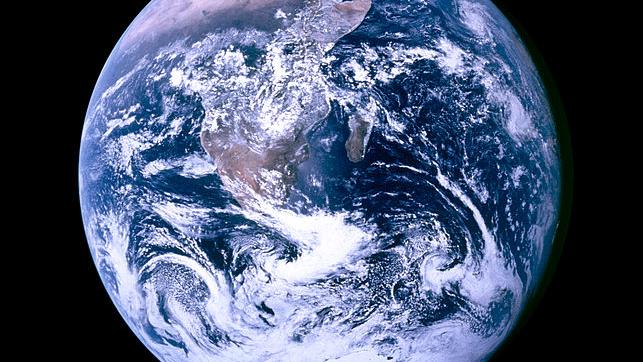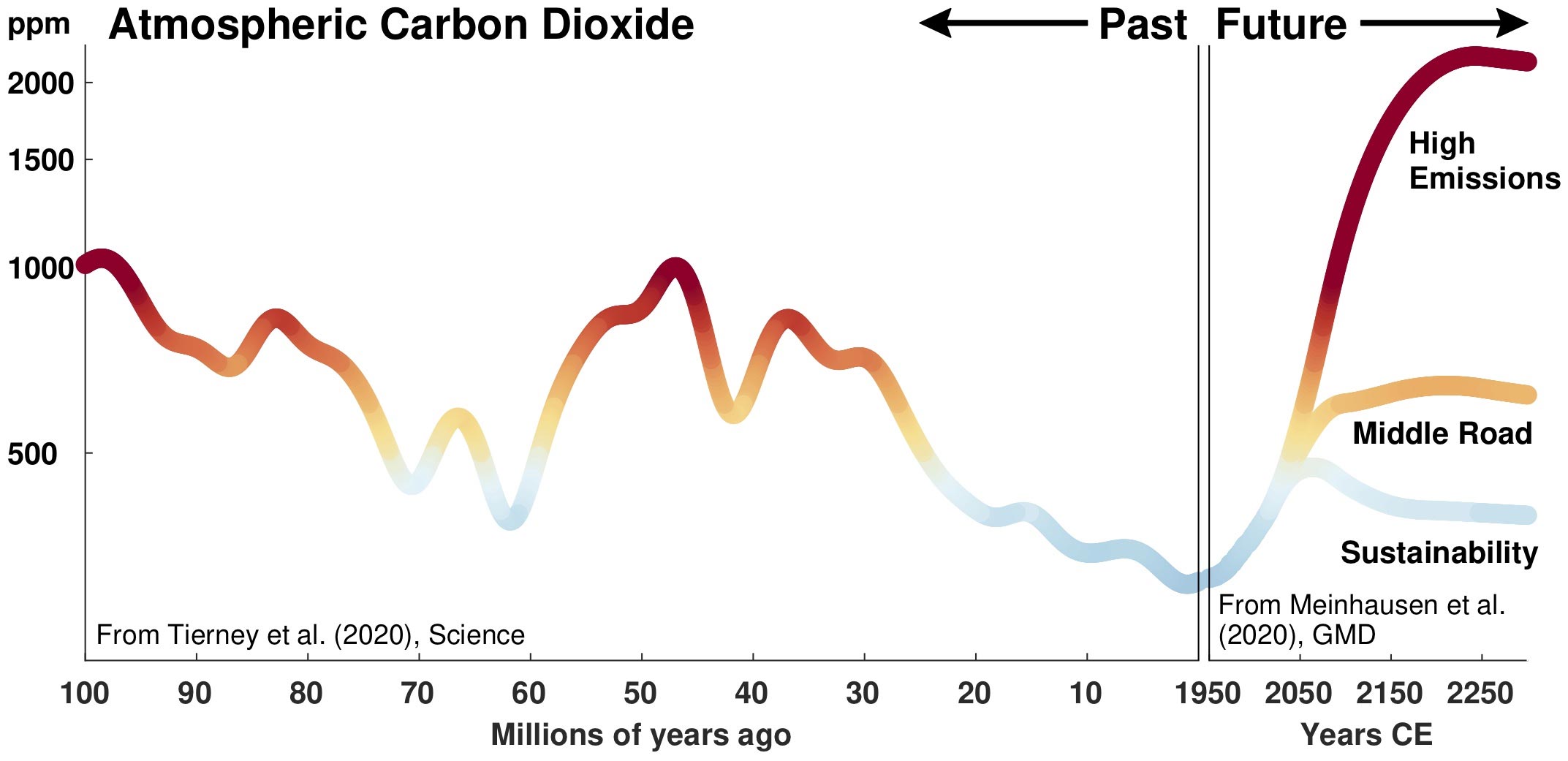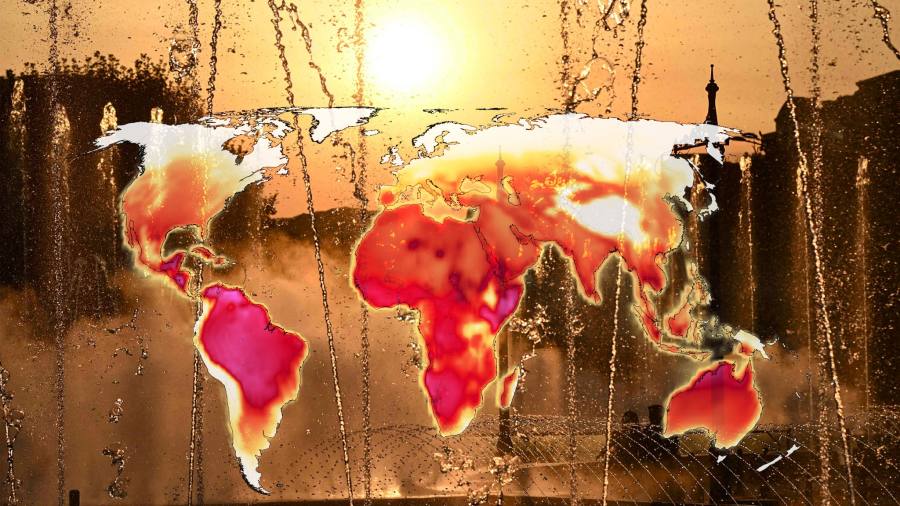UNIVERSITY PARK, Pennsylvania — Equilibrium climate sensitivity — the sensitivity of Earth’s climate to changes in atmospheric carbon dioxide — may be underestimated in individual climate models, according to a team of climatologists.
“Probabilistic estimates of climate system properties often rely on comparing the model simulation with observed temperature records and an estimate of internal climate variability,” the researchers report in Geophysical Research Letters. If the internal variability of the climate is wrong, the probabilistic estimates will be wrong and the climate forecasts could miss the mark.
“We are looking at temperature changes in the tropics and in the temperate northern hemisphere at higher latitudes,” said Chris E.Forest, professor of climate dynamics at Penn State. “We focus on simple simple equations and use time series analysis because for this to work we need to run thousands of model runs.”
This requirement of thousands of model runs also requires large amounts of computing power, and Forest is an associate of the Penn State Institute for Computational and Data Sciences.
How the climate responds to changes in carbon dioxide in the atmosphere is important because carbon dioxide, as a heat-trapping greenhouse gas, causes the atmosphere and the Earth to warm.
“Overall, we have two choices: we can adapt or start reducing emissions,” Forest said. “We’re going to have to do better at providing long-term forecasts, as increased warming will cause the oceans to rise due to melting ice. We’re already seeing the results of warming crops and health and availability of water. All these risks are already driving our decisions, our choices. We must be able to plan for the next 20 years or the next 50 years.
What Forest and his team want to do is be able to make a statement of what we can expect in 50 years.
This type of prediction is not straightforward because the Earth is not warming at the same rate equally around the globe. What happens in the tropics is not what happens in northern latitudes.
The researchers used the Earth System Model from the Massachusetts Institute of Technology to test the sensitivity of probability distributions for three properties of the climate system, including equilibrium climate sensitivity. They included results from 25 different state-of-the-science Earth system models, where each is configured differently.
“Each modeling group needs to determine the criteria they use to assess the quality of a model, and that’s often not clear,” Forest said. “In one, cloud returns might be higher, in another, they might consider other components.”
Not all models are run for the same amount of time for calibration purposes or during the setup phase. Most are tested with an interval of 200 to 300 years and only a few groups have run simulations for more than 1000. Individual model results all differ and no single model covers the full range of internal variability.
The researchers took the internal climate variability estimated from these 25 models and compared the observed climate changes from the historical period to the MESM simulations. They then used the results of similar, combined estimates of internal climate variability in the same Earth system model.
They found that individual model uncertainty generally leads to an unrobust narrow estimate of climate sensitivity, while combining multiple model uncertainty provides broader distributions.
The researchers want to use these new results and look at the Intergovernmental Panel on Climate Change scenarios and see all the uncertainty that is built into these estimates of future climate.
“We would like to be able to ask what happens if we do nothing, what can we expect,” Forest said. “How effective will the scenarios be in getting us to the 1.5 or 2 degrees Celsius (2.7 or 3.6 degrees Fahrenheit) targets for maximum warming?”
Lead author Alex G. Libardoni, a recent Penn State Ph.D. in Meteorology, currently at the Cooperative Institute for Atmospheric Research at Colorado State University, also worked on this research; Andrei P. Sokolov, researcher at the Massachusetts Institute of Technology Center for Global Change Science; and Erwan Monier, assistant professor of climate change impacts at the University of California, Davis.
The US Department of Energy and the National Science Foundation supported this research.




